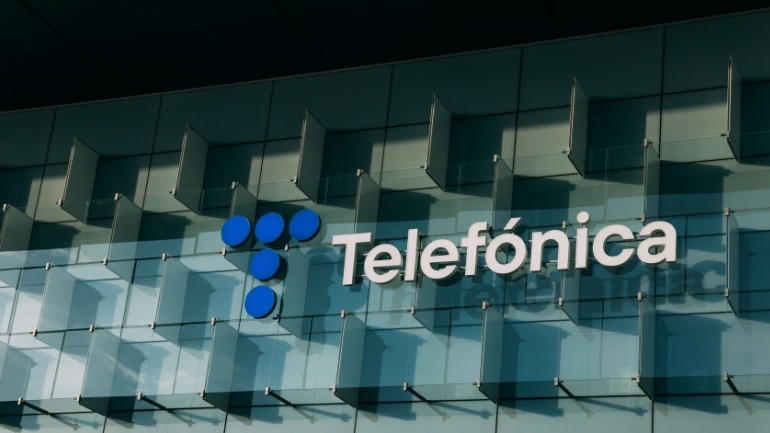As the world of telecommunications moves forward to embrace the 6G era, one promising emerging technology that has caught the attention of experts is Reconfigurable Intelligent Surfaces (RIS). RIS technology consists of an arrangement of scattering elements called unit-cells, which can be manipulated to change the surface’s electromagnetic behavior. These surfaces can dynamically alter their reaction to wireless signals through different methods such as increased or decreased reflection, refraction, focusing, collimation, modulation, and absorption.
When implemented strategically, the versatility of RIS will not only allow operators to expand their coverage but also provide additional benefits such as improved spectral efficiency, enhanced security, energy savings, and more. RIS technology could also enable cost-effective network deployments in areas that were previously unfeasible using traditional solutions, specifically within indoor environments.
The European Telecommunications Standards Institute (ETSI) has recently published a new report, ETSI GR RIS-001, which focuses on identifying and defining RIS use cases and developing related Key Performance Indicators (KPIs). The report features 11 defined use cases for RIS, including deployment scenarios and potential requirements for this innovative technology.
Arman Shojaeifard, Chair of the ETSI RIS group, explained the significance of RIS in future 5G-Advanced and 6G networks: “In the future 5G-Advanced and 6G wireless networks, many new applications, such as in eHealth, strongly impose requirements on both the communication and sensing performance. As an example, a RIS can reconfigure the radio environment to sense human posture and detect someone falling, a useful application for elderly care.”
Several operators have already begun exploring the potential of RIS technology. Last year, Orange became the first operator in Europe to demonstrate RIS in action at their Orange Research and Innovation Exhibition in Paris, France, showcasing the capabilities of this technology.
In other telecommunications news, Wind Tre announced plans to separate their network assets and sell a majority stake to EQT. Meanwhile, Rakuten Mobile and KDDI agreed on a roaming partnership, and the CMA gave Viasat the green light to acquire Inmarsat. With these developments, the industry continues to advance, and RIS represents the cutting edge of what is possible in the telecommunications field. The possibilities offered by RIS for future network deployments are exciting and hold great potential for further enhancing wireless communication, security, and efficiency.







